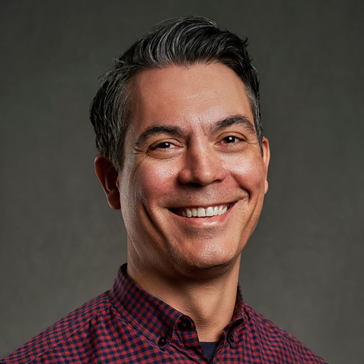I stepped into my classroom at Eastern Senior High School, a public school in Washington D.C., for the first time in August 2000. At the time, D.C. Public Schools (DCPS) was a mess—student achievement was abysmally low, school buildings were crumbling and under-enrolled, a bloated central office bureaucracy fought any and all reform efforts, and the district churned through new superintendents every 2-3 years.
What a difference 16 years makes. Today, DCPS is riding high on a string of successes: The graduation rate increased 11 percentage points from 2011 to 2015, more 4th and 8th graders are scoring proficient or higher on the National Assessment of Educational Progress, and after years of decline, student enrollment is increasing as more families choose DCPS for their children. What policies and changes have contributed to this success?
That’s the question we sought to answer in Districts Rising, a new series of briefs written by Education First and KSA Plus Communications, with support from the Bill & Melinda Gates Foundation. We profile 10 different school districts that are raising student achievement through a combination of hard work, innovation and a willingness to make bold changes.
DCPS, for example, was one of the first school districts in the country to adopt an educator evaluation system (IMPACT) that incorporates student growth, and more recently, the district implemented a rigorous new curriculum aligned to Common Core State Standards (CCSS). Next year, the district is tackling a new challenge—redesigning the way it delivers professional development and support to teachers.
The DCPS story is well-known, but we found other school district success stories throughout the country.
Take Springdale School District, located in rural northwest Arkansas. Over half of the district’s students are Latino or Pacific Islander, and two-thirds are eligible for free or reduced price meals. The district maintains a deep commitment to equity, and has made significant investments in personalized learning and other strategies to boost achievement among English language learners. Teachers in Nevada’s Washoe County School District have led the way on implementing new CCSS by organizing professional development and creating standards-aligned instructional materials. Educators in Aldine Independent School District, Santa Ana Unified School District and Cleveland Metropolitan School District are bucking national trends by narrowing graduation rate gaps between white and African American and Latino students, a problem that continues to vex most urban school districts.
In New Haven Public Schools, district leaders worked side-by-side with the teachers union to design and implement a new teacher evaluation system (TEVAL) and teacher leadership opportunities. Tommy Chang, the new superintendent of Boston Public Schools is taking steps to address equity gaps in the district by transforming adult learning and adding more curricular consistency. Cincinnati Public Schools pioneered the community schools model, which brings resources and services from the surrounding community into school buildings. And last, but certainly not least, Indianapolis Public Schools provides schools with different amounts of autonomy, and encourages educators to embrace innovative instructional models.
Districts Rising provides all advocates of public education with an opportunity to learn what policies and conditions contribute to student success. Of course, more work lies ahead—DCPS for example, still has a lot of work to do to close achievement gaps between white students and African American and Latino students. But it’s hard not to be excited about DCPS’ transformation. Today, students in DCPS—some of whom are the children of my former students—will attend schools in a district that is remarkably different than the one where I began my career in education, and that’s a good thing.
Over the next few months, we’ll share some of the lessons we learned from Districts Rising on this blog. In the meantime, you can access the briefs in our Resource Library. Check them out, and let us know what you think.

